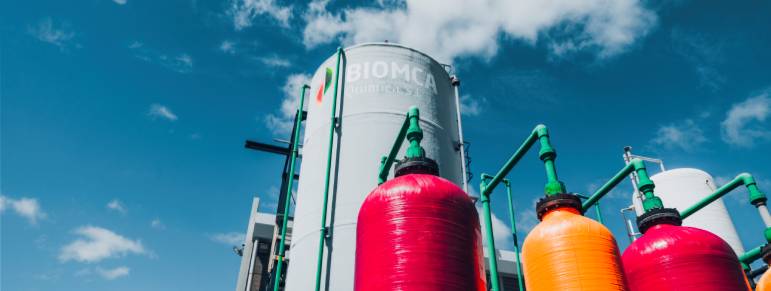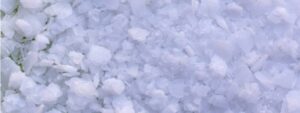The Canary Islands have a wealth of natural resources. However, they have always faced a challenge: to optimise access to and distribution of drinking water. According to IPNA data, in the Canary Islands more than half of the water resources are groundwater, although in an unequal way depending on the island. For example, in La Palma it represents almost 100% of the available water resources, while in Lanzarote it is an almost non-existent resource.
But climate change is affecting this resource, causing increasingly prolonged droughts on the islands on the one hand, and rising sea levels on the other, which can lead to seawater intrusion into fresh groundwater, lowering its quality.
Fortunately, projects are being developed to optimise the management of available resources, minimise the effects of climate change and enable the Canary Islands to keep being self-sufficient in terms of access to drinking water in an environmentally friendly way. One of these projects, which has received governmental support, are the two chlor-alkali electrolysis plants that Welysis has developed and commissioned on the islands.
BIOMCA, a key player in the supply of sodium hypochlorite
BIOMCA QUÍMICA was set up in 2014 in Santa Cruz de Tenerife with the aim of manufacturing sodium hypochlorite, a chemical compound used as a disinfectant due to its capacity to eliminate all types of microbes and other harmful microorganisms.
The chlorine used to produce sodium hypochlorite is produced by electrolysis of sodium chloride with membrane cells. According to Industria Química, before the implementation of these plants, all the sodium hypochlorite required by the Canary Islands had to be brought in from abroad, with the consequent decline in the quality of the product (once manufactured, it begins a gradual process of degradation), which occurs during transport from the point of manufacture.
Sodium hypochlorite plays a fundamental role in water purification processes, both for drinking water and water for industrial use, as well as in the treatment of swimming pools and in the manufacture of derived chemical products such as cleaners and disinfectants.
The BIOMCA project
In October 2015, the groundbreaking ceremony took place for the construction of the first BIOMCA plant, which was named Biomca Química Tenerife. This plant was inaugurated in 2016 with a capacity of 6.6 MTPD of Cl2, and in 2019 production was expanded to 9.9 MTPD of Cl2.
A second plant, Biomca Química Gran Canaria, is currently in the start-up phase.
The Biomca Química GC project consists of the installation of an M2++ type plant for the production of 9.9 TMPD of chlorine gas (Cl2) from the electrolysis of sodium chloride (NaCl), using membrane cell technology and a quality of salt that does not require primary brine treatment (Vacuum Salt).). The facilities are located on a plot of land in the Zona Franca in the fishing dock of the port of Santa Cruz de Tenerife, where some 6 million euros have been invested for its construction in nine months.
In addition, the plant has a sodium hypochlorite (NaClO) production unit, a hydrochloric acid (HCl) synthesis unit and a future sodium hydroxide (NaOH) concentrator, which produces:
- Sodium hypochlorite 14-17 (w%/w%)
- Caustic soda 32-50 (w%/w%)
- Hydrochloric acid 33 (w%/w%)
And as a by-product hydrogen is also produced at 76,61% (mol/mol). The process is based on the electrolysis of ultrapurified brine using a bipolar membrane electrolyser to produce chlorine gas, 32% sodium hydroxide (caustic soda) solution and hydrogen gas. The chlorine gas can be absorbed by a sodium hydroxide solution for the production of sodium hypochlorite or sent to the hydrochloric acid unit for the production of hydrochloric acid by combustion with hydrogen gas.
The plants have all the areas to carry out the processes in full, in a totally safe way, and with technologies that minimise the environmental impact, such as a wind turbine, hydrogen fuel batteries, or solar panels.
In short, in addition to boosting the population and industry in the area by supplying essential chemical compounds for water purification, among other uses, these plants employ local labour, which also contributes to the social and economic development of the Canary Islands.






